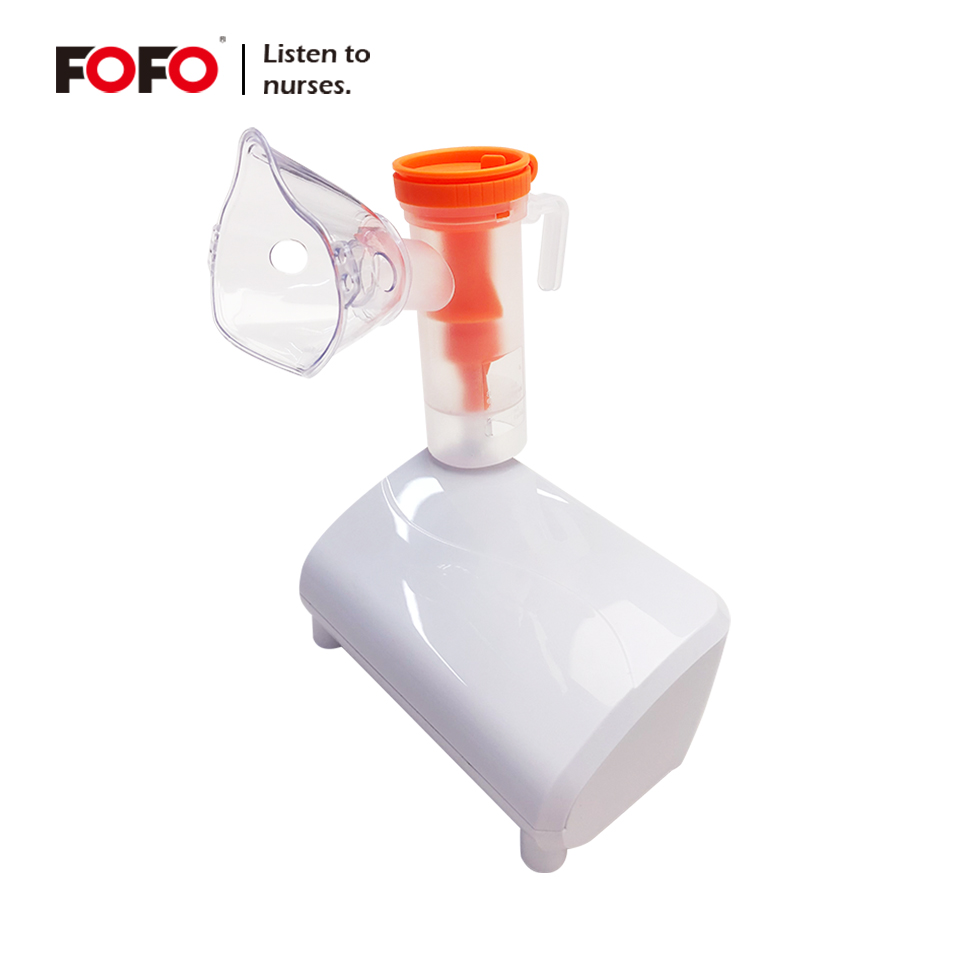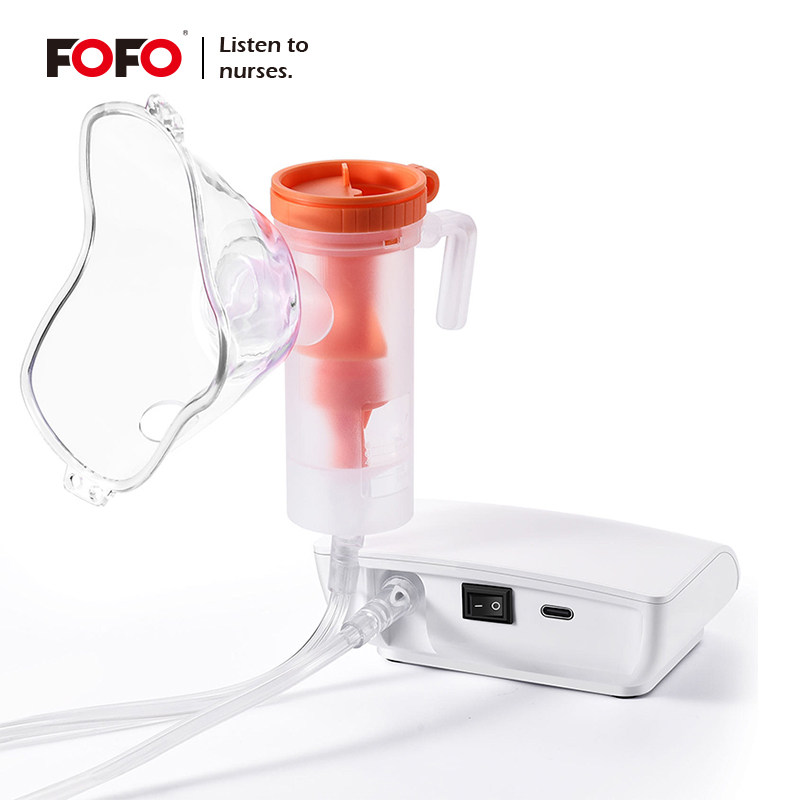
The essential 2025 guide for choosing a Medical Suction Machine. Learn features, certifications, and buyer checklists to ensure compliance, patient safety, and cost efficiency in healthcare facilities.
Contents
- 1 1. Understanding Medical Suction Machines
- 1.1 Quick Comparison Table
- 1.1.1 2. Key Performance Metrics You Must Evaluate
- 1.1.2 3. Global Regulatory Landscape
- 1.1.3 4. Certification Deep Dive
- 1.1.4 5. Real-World Application Scenarios
- 1.1.5 6. Practical Buyer’s Checklist
- 1.1.6 7. Emerging Trends and Future Outlook
- 1.1.7 8. Frequently Asked Questions (FAQ)
- 1.1.8 9. From Compliance to Competitive Advantage
- 1.1 Quick Comparison Table
1. Understanding Medical Suction Machines
Definition
A Medical Suction Machine is a device used to remove substances such as blood, mucus, vomit, or other secretions from a patient’s airway, surgical site, or wound. It provides negative pressure to extract fluids and maintain a clear environment for treatment.
Types of Suction Machines
-
Manual Suction Units: Hand-powered, portable, ideal for field emergencies.
-
Portable Electric Suction Units: Lightweight, battery-powered, widely used in ambulances and home healthcare.
-
Stationary Suction Units: High-powered, installed in hospitals or surgical theaters.
-
Wall-Mounted Suction Systems: Connected to centralized hospital vacuum pipelines.

Medical Suction Machine
Quick Comparison Table
| Feature | Manual Suction | Portable Electric | Stationary | Wall-Mounted |
|---|---|---|---|---|
| Portability | High | High | Low | None |
| Power Source | Hand-operated | Battery/electric | Electric only | Central vacuum |
| Best Use | Field emergencies | Ambulance, home care | Hospitals | Operating theaters |
2. Key Performance Metrics You Must Evaluate
When selecting a Medical Suction Machine, consider:
-
Vacuum Pressure (mmHg): Standard hospital units require up to 560 mmHg.
-
Airflow Rate (L/min): Determines how fast fluids are cleared.
-
Noise Levels (dB): Important for patient comfort in long-term use.
-
Canister Capacity: Typically ranges from 800ml to 2 liters.
-
Filter Systems: Prevent cross-contamination and machine damage.
-
Battery Life (Portable Units): Must last at least 30–60 minutes.
3. Global Regulatory Landscape
United States
-
FDA Class II Device: Requires 510(k) clearance.
-
ANSI/AAMI ST79: Sterilization and infection control requirements.
European Union
-
CE Marking (MDR 2017/745): Mandatory for sale.
-
ISO 10079 Standards: Governs suction equipment safety and performance.
Asia-Pacific
-
China: CFDA registration.
-
Japan: PMDA approval.
-
Australia: TGA listing.
Middle East
-
Saudi FDA (SFDA): Registration and labeling compliance.
Market Impact
Non-compliance can result in shipment delays, fines, or outright rejection from critical markets.
4. Certification Deep Dive
International Standards
-
ISO 10079-1: Suction equipment powered by vacuum.
-
ISO 10079-2: Powered suction equipment.
-
ISO 10079-3: Manual suction devices.
-
IEC 60601: Electrical safety standards for medical devices.
How to Verify Certifications
-
Always request test reports from accredited labs.
-
Cross-check device model numbers with certifying body databases.
-
Inspect packaging for CE, FDA clearance number, or ISO compliance.
5. Real-World Application Scenarios
Case 1: Emergency Response in Ambulances
A paramedic team in Texas upgraded from outdated manual pumps to portable electric suction units. Result: faster airway clearance, reduced patient mortality in trauma cases.
Case 2: Hospital ICU Deployment
A German hospital implemented stationary units with dual canisters for uninterrupted suction. This improved efficiency during long surgical procedures.
Case 3: Home Healthcare
A family caring for a post-surgical patient at home adopted a portable Medical Suction Machine. It enabled safe recovery without frequent hospital visits.
Case 4: Disaster Relief Operations
NGOs deployed manual suction units in rural earthquake zones without electricity. Their portability saved lives under extreme conditions.
6. Practical Buyer’s Checklist
-
Identify the intended use (hospital, ambulance, home care, emergency).
-
Confirm required vacuum pressure and flow rate.
-
Check noise levels and canister capacity.
-
Ensure compliance with ISO 10079 and IEC 60601.
-
Request CE/FDA certificates.
-
Evaluate battery life (for portable units).
-
Verify infection control filters.
-
Compare after-sales service and spare parts availability.
-
Train staff on proper operation and cleaning.

Customized portable suction machine for home
7. Emerging Trends and Future Outlook
-
Smart Suction Devices: Integration with IoT for performance monitoring.
-
Low-Noise Technology: Enhancing patient comfort.
-
Disposable Canisters: Reducing infection risk.
-
Global Harmonization of Standards: Moving towards uniform ISO compliance.
-
Sustainable Manufacturing: Eco-friendly materials for machine housing.
8. Frequently Asked Questions (FAQ)
Can portable suction machines replace stationary hospital units?
No, portable machines are supplementary. Stationary systems provide higher suction capacity for surgical needs.
What is the minimum battery runtime for portable suction units?
At least 30 minutes under full load, ideally 60 minutes.
How to confirm if a supplier’s certificates are valid?
Check official FDA 510(k) databases, CE Notified Body listings, or ISO online registries.
Are manual suction devices still relevant?
Yes, especially for disaster zones and low-resource settings.
What happens if I import uncertified suction machines?
Customs may seize shipments, impose fines, or ban sales.

Portable Medical Suction Machine
9. From Compliance to Competitive Advantage
In 2025 and beyond, choosing the right Medical Suction Machine is not just a purchasing decision—it is a patient safety, regulatory compliance, and business growth strategy. Hospitals, clinics, and emergency providers that prioritize certified, high-quality machines will reduce risks, improve outcomes, and enhance brand reputation. For distributors and procurement managers, this guide provides the foundation for building a reliable, compliant, and future-proof medical supply chain.
Previous News
Quiet Yet Powerful: Best Nebulizers for Childre...Next News
Air Cushions and Pads vs Water Mattress: Choosi...Feature Product
-
Wholesale Mini USB Portable Compressor Nebulize...
Wholesale Mini USB Portable Compressor Nebulize...
-
Asthma Health Care Medical Nebulizer BC68006-DC
Children and Adult Asthma Health Care Medical N...
-
Air Compression Leg and Foot Massager FO3006
Air Compression Leg and Foot Massager: Comprehe...



